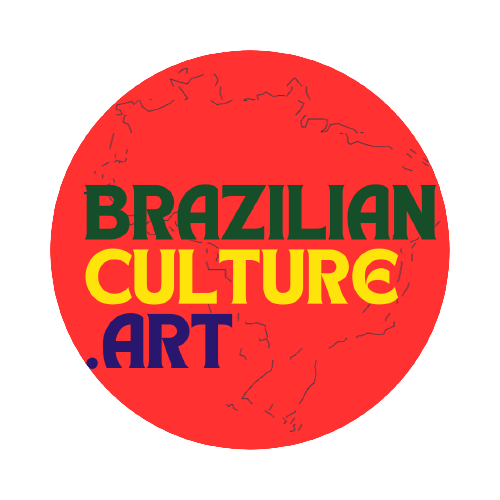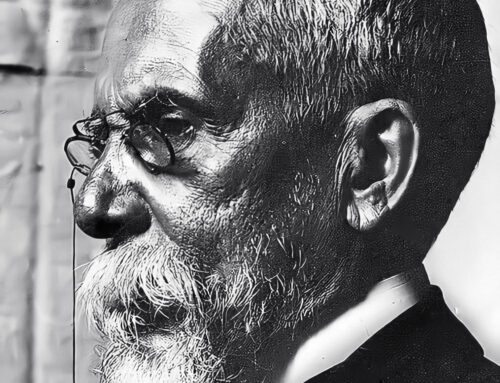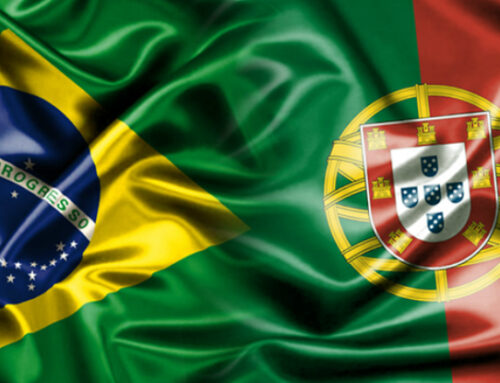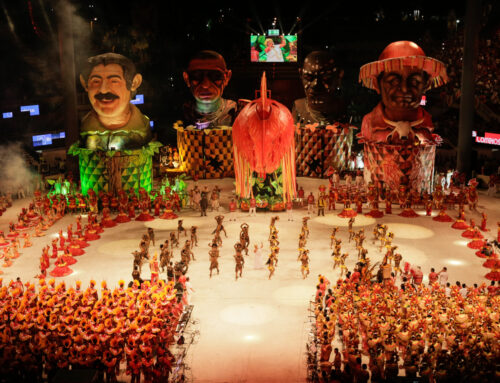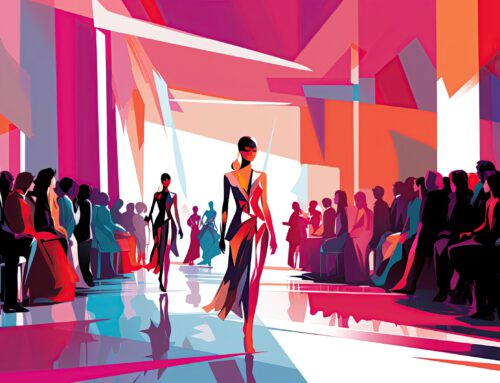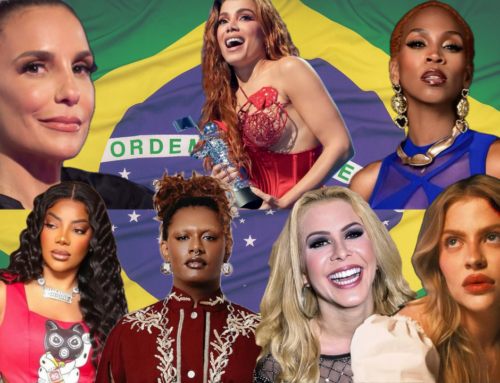Table of Contents
The São Paulo Pride Parade is an emblematic event that, over the years, has played a crucial role in the fight for rights and visibility of the LGBTQIAPN+ community. With deep roots in activism and resistance, the parade has become not only an annual celebration but also a powerful symbol of inclusion and social transformation.
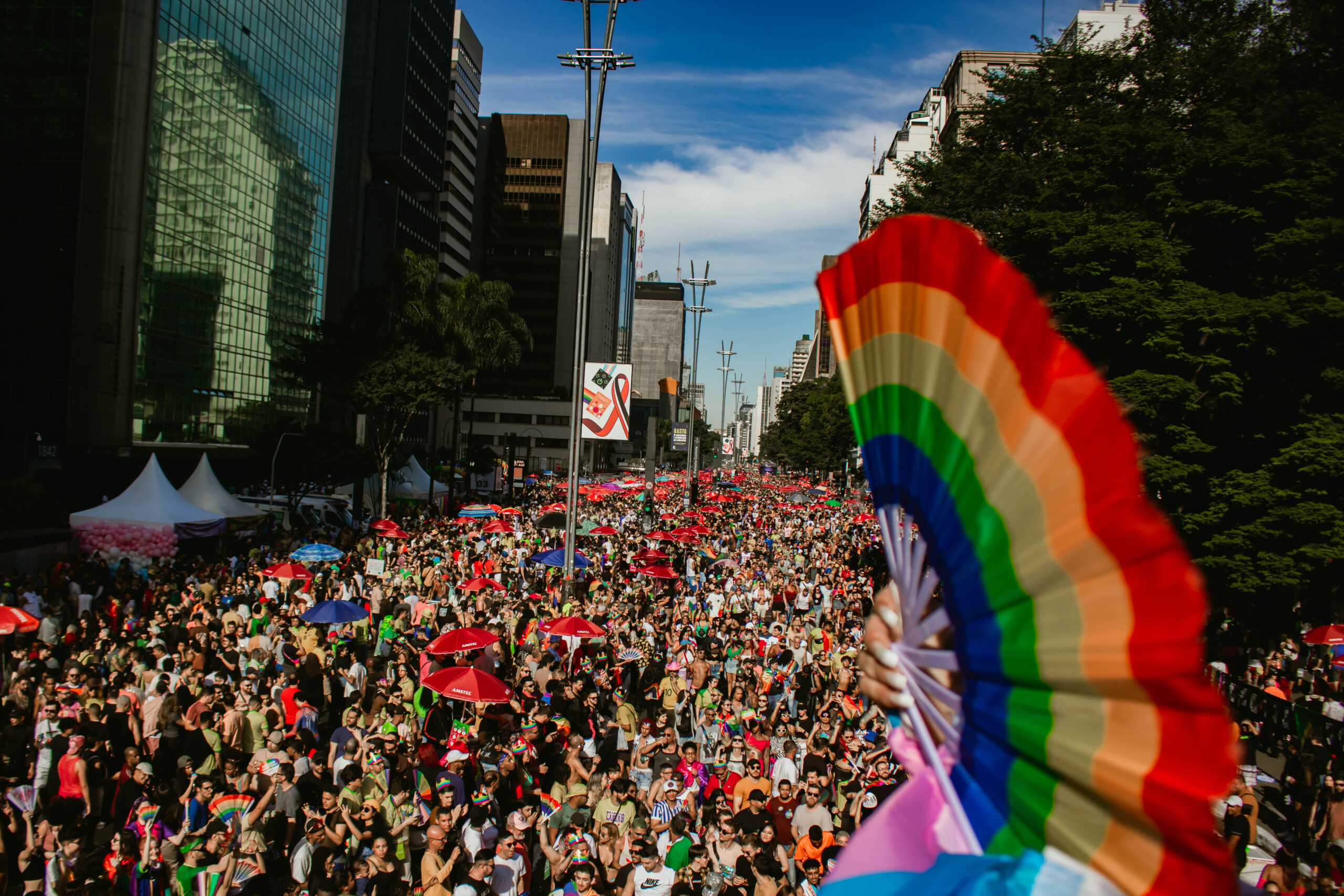
Kaká Di Polly: A Legacy of Courage and Activism
The history of the São Paulo Pride Parade is closely linked to pioneering figures like Kaká Di Polly (1960-2023). An iconic artist of the 1980s and 1990s, Kaká was a legendary figure for many in the LGBT+ community in Brazil. Her courage and dedication paved the way and inspired generations. Even after her death, Kaká Di Polly continues to be revered for her significance and invaluable contribution to the movement.
It was through Kaká’s brave action on June 28, 1997, that the first São Paulo Pride Parade took shape. On that day, 2,000 people gathered on Avenida Paulista in the rain and marched to Praça Roosevelt to protest against discrimination faced by the LGBT+ community. This inaugural event marked the beginning of a tradition that grows in size and importance every year.
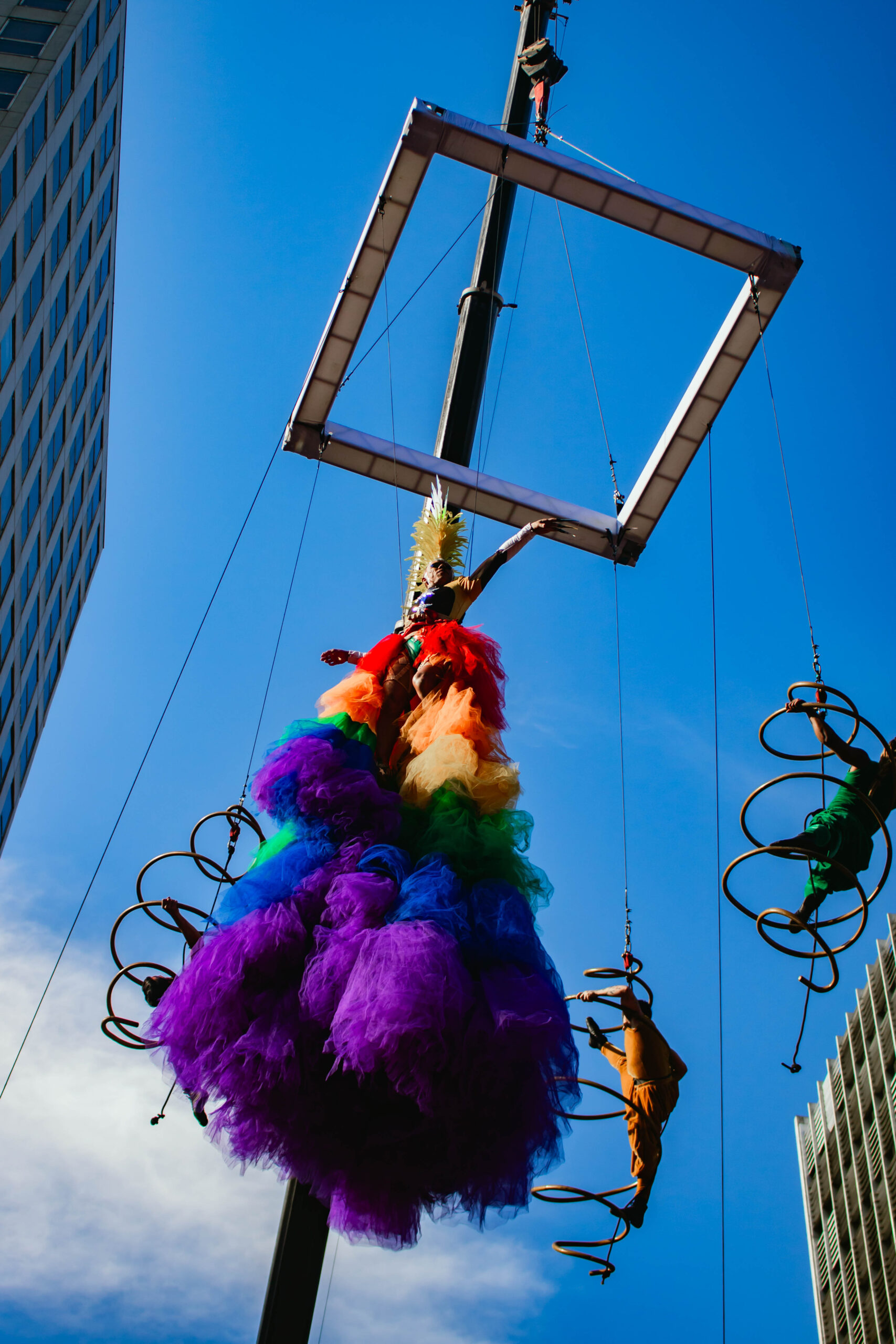
The 28th São Paulo Pride Parade: Inclusion and Protest
Held on June 2, 2024, the 28th edition of the São Paulo Pride Parade once again affirmed its reputation as the largest event of its kind in the world. With Avenida Paulista transformed into a sea of colors and joy, this year’s event stood out for its accessibility measures, ensuring a more comfortable and inclusive participation for people with disabilities.
The theme of the 28th Parade carried a strong political and electoral appeal, calling for an “end to negligence and legislative regression” and encouraging a “conscious vote for the rights of the LGBT+ population.” This year, the parade also proposed the “reappropriation of the colors of the Brazilian flag,” which in recent years had been associated with the far right. ith green and yellow reclaimed in the name of love and joy, thousands of people filled Avenida Paulista, transforming the Parade into a political act against conservatism and in favor of diversity.
Economic and Cultural Impact
LGBTQIAP+ tourism has shown significant growth year after year, establishing itself as one of the most important segments of international tourism. In Brazil, the São Paulo Pride Parade is the main gateway to this segment, attracting thousands of tourists from around the world and generating substantial economic impact.
In the second episode of the documentary series “Turismo Transforma,” the Embratur team highlighted the 2023 edition of the São Paulo Pride Parade, showing how the event not only promotes tolerance but also boosts the country’s economy. The parade has become a global showcase of Brazilian culture, celebrating diversity and inclusion in a vibrant and welcoming manner.
Conclusion
The São Paulo Pride Parade is more than an annual event; it is a manifestation of resistance, pride, and hope. From pioneer Kaká Di Polly to the inclusion and political protest of the 28th edition, the parade remains a beacon in the fight for rights and equality. With significant cultural and economic impact, this event celebrates diversity and promotes inclusion, establishing itself as one of the most important celebrations of LGBTQIAPN+ pride in the world.
Photos by: Mídia Ninja
